Top image: Private Strassfeld holds up an Italian orphan at the Red Cross Christmas Party on December 24, 1944. Gift in Memory of William F. Caddell Sr., 2007.048.017
The holiday season is usually a time to gather with family members whom you may only see once a year, and share in delicious meals such as Maw Maw’s casserole. For some, it may also be a time to reflect on the past and our loved ones no longer with us.
Perhaps the dinner conversation might make you wonder what life was like for Uncle Lloyd during his WWII service in Germany. If you ask all your immediate family, they all say the same thing: “He refused to talk about the war.” Where should one go for answers?
Finding a veteran’s story or any information pertaining to the veteran’s military service can be time-consuming with many frustrating obstacles and sometimes an extensive waiting time. Many Americans assume that since the Museum is named “The National WWII Museum,” that we have a record of every WWII veteran. Unfortunately, this is not the case. Nonetheless, we hope to provide you with important information for your search.
Below are the top five veteran research questions, where to go for further resources, and how to begin your search.
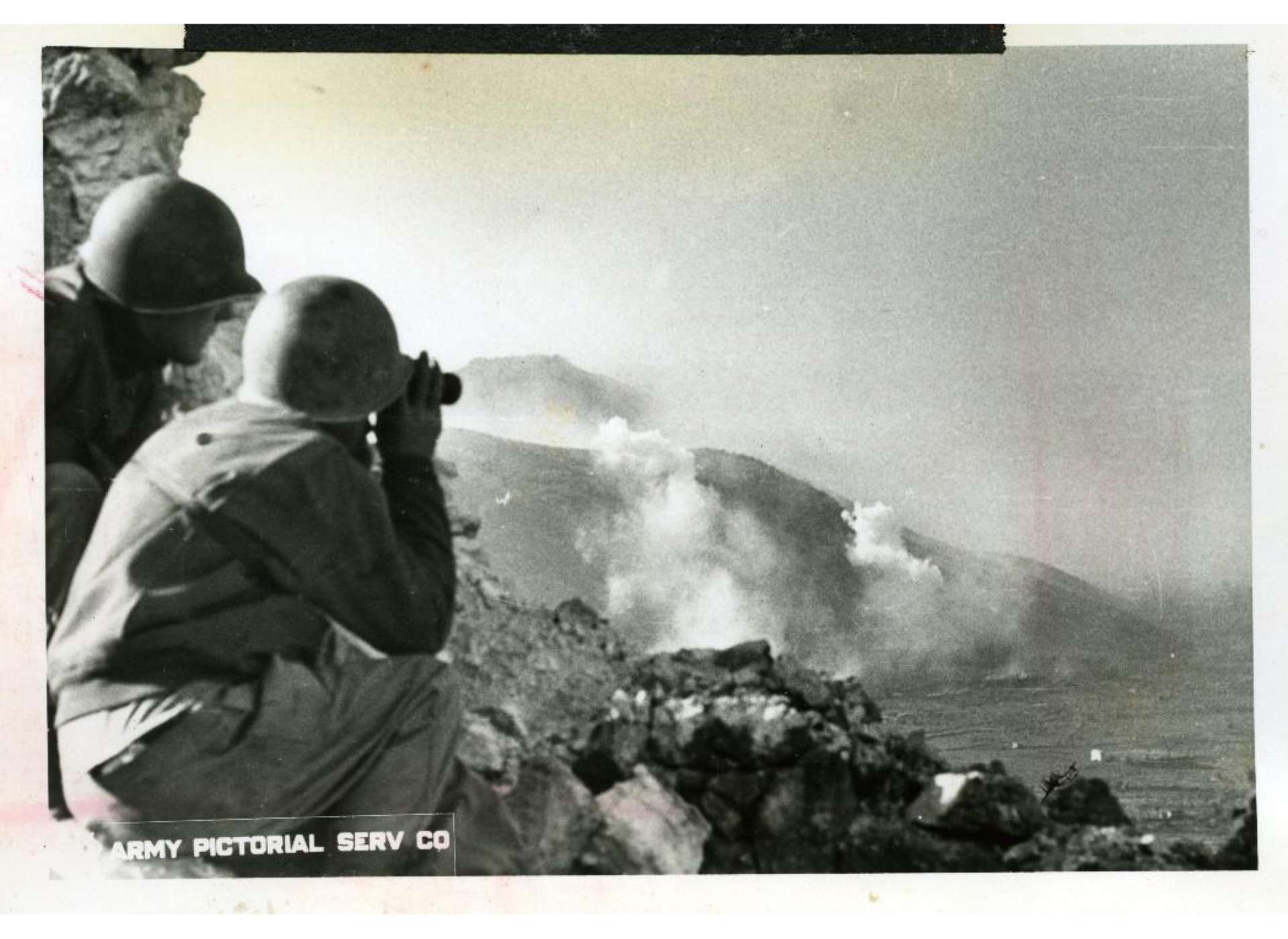
American artillery observers peer through their field glasses to watch enemy fortifications being shelled near San Pietro, Italy, 1943. Gift of Ms. Regan Forrester, 2002.337.414
1. How can I learn about my veteran’s WWII story, and what are the necessary first steps?
The key to finding out your veteran’s WWII story lies in the Official Military Personnel File (OMPF). The National Personnel Records Center in St. Louis, Missouri, is the largest repository for records within the National Archives and Records Administration (NARA). The facility houses 56 million military personnel files belonging to veterans of the US Army, Air Force, Navy, Marine Corps, and Coast Guard.
The OMPF will likely include most of the information you wish to know about your veteran’s service, such as where he/she was stationed, what unit/ship they were assigned to, their medical records, and other details. To obtain a copy of an OMPF, you will first need to gather information on the veteran to submit a request to the National Personnel Records Center. The more information you have on the veteran, the easier it will be for a federal employee at NARA to locate your veteran’s file from among the millions of records.
Essential Details for a Request:
The veteran’s full name at the time of service, which also includes maiden name, if applicable. If the veteran was an immigrant or first generation, did they use the original spelling of their name or an Americanized name? Since many men and women shared the same name, additional details are necessary to find the correct file, including:
- Date and place of birth
- Branch of service
- Service number or Social Security number
- Service dates
- Was the veteran killed in action (KIA) or missing in action (MIA)? Did he die in the service? (if applicable)
If you do not happen to know the service or Social Security number, the veteran’s date and place of birth are especially important to include. Imagine looking for an Army veteran named John Smith and the only information you have is that he’s from Texas; this search would be almost impossible.
The time frame on when a person might receive the OMPF is currently uncertain due to NARA’s backlog of requests due to COVID-19; however, a requester should expect to wait at least a few months. If you decide to reach out to NARA at any point in the process, please be aware that they receive a large volume of requests and calls every day. When the file is finally identified, you will be contacted and informed of the price for reproduction of the file. Depending on the size of the veteran’s file, the cost will vary.
If you prefer to submit a request through the mail or by fax, you can write in the request or complete and return an SF-180 form to National Personnel Records Center, 1 Archives Drive, St. Louis, MO 63138, or fax 314-801-9195. All of the above information and pertinent details to include still apply.
Before submitting a request to the record center, there are a few restrictions and obstacles a researcher should keep in mind. The most unfortunate tragedy is the 1973 National Archives fire, which burned as many as 75 to 80 percent of all Army and Air Force files in a massive conflagration lasting nearly 22 hours. The record center has reconstructed some of these records, but, unfortunately, the majority of the files were lost forever. It is an unfortunate reality that many individuals researching a veteran who served in the Army or Air Force only uncover a final payment sheet or fragment when they contact the National Archives.
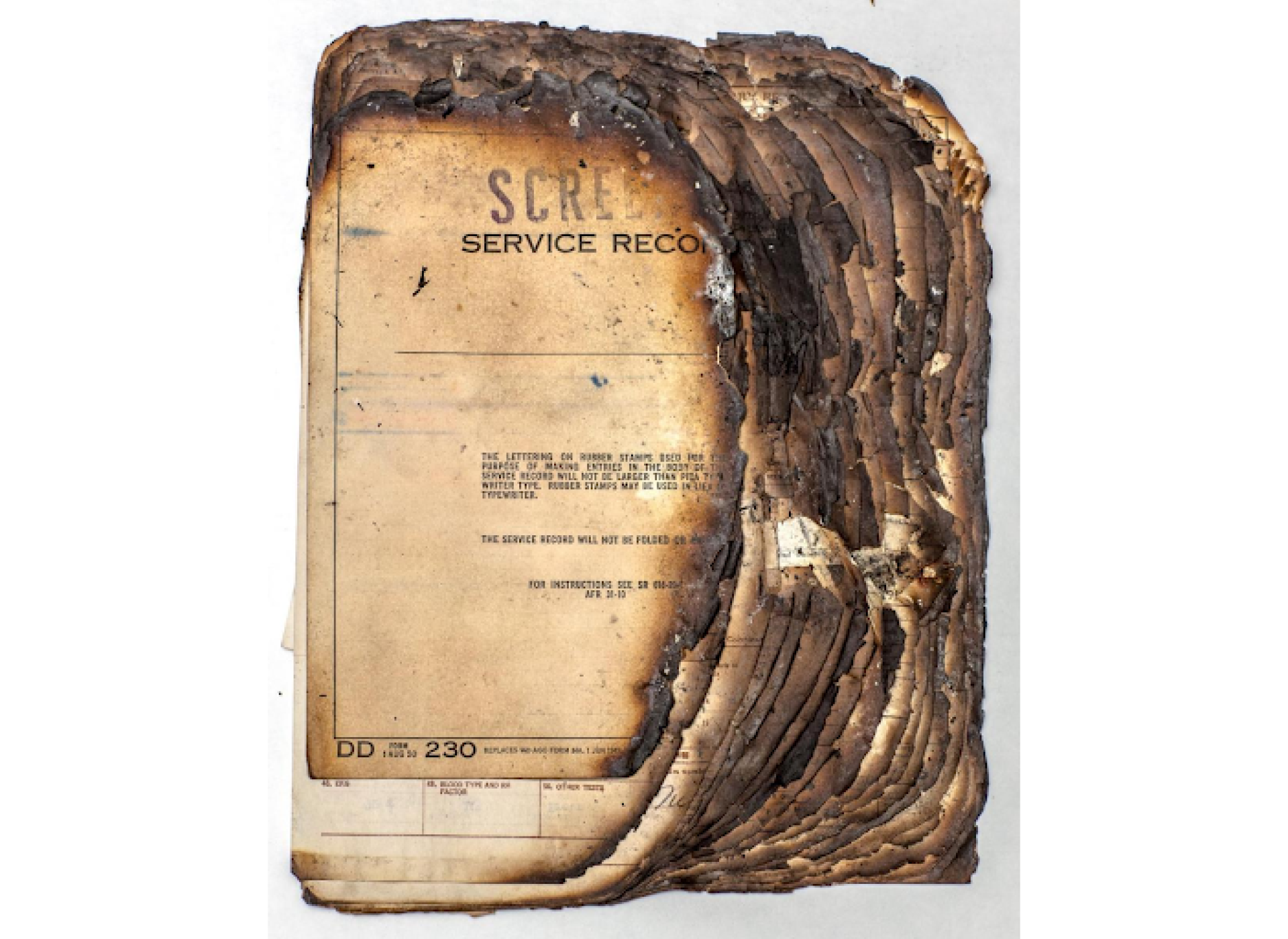
The remains of a veteran’s official military personnel file that was partially burned in the 1973 National Personnel Records Center fire. Courtesy of the National Archives and Records Administration.
It’s also important to add that researching US Merchant Mariners is a different process. To obtain Mariner records, please visit the National Maritime Center website for more information or mail a record request form to National Maritime Center, Attn.: Correspondence (NMC-41), 100 Forbes Drive, Martinsburg, WV 25404. If you are searching for licensing files, ID cards, or logbooks, please contact the National Archives Records and Administration.
2. What if the veteran served less than 62 years ago or was in Vietnam?
Another common hurdle involves the Freedom of Information Act (FOIA), which dictates whether records are available in the public domain. Under the act, files of veterans who were discharged less than 62 years ago are not open to the general public and can only be obtained by the veteran or next of kin. For those WWII veterans who went on to serve in the Vietnam War, this presents another obstacle.
3. What if the veteran was KIA or died while in the service? Would this be included in the OMPF?
If you know the veteran was KIA or died while in the service, you would need to request an Individual Deceased Personnel File (IDPF), which contains information related to the veteran’s death. The IDPF is a separate file from the OMPF. Double-check the request before submitting it to ensure that you indicated the veteran was KIA or died in the service. Most importantly, please note that the archives are currently digitizing US Army IDPFs with last names that start with M–Z, so only the IDPFs of veterans with last names beginning with A–L are available.
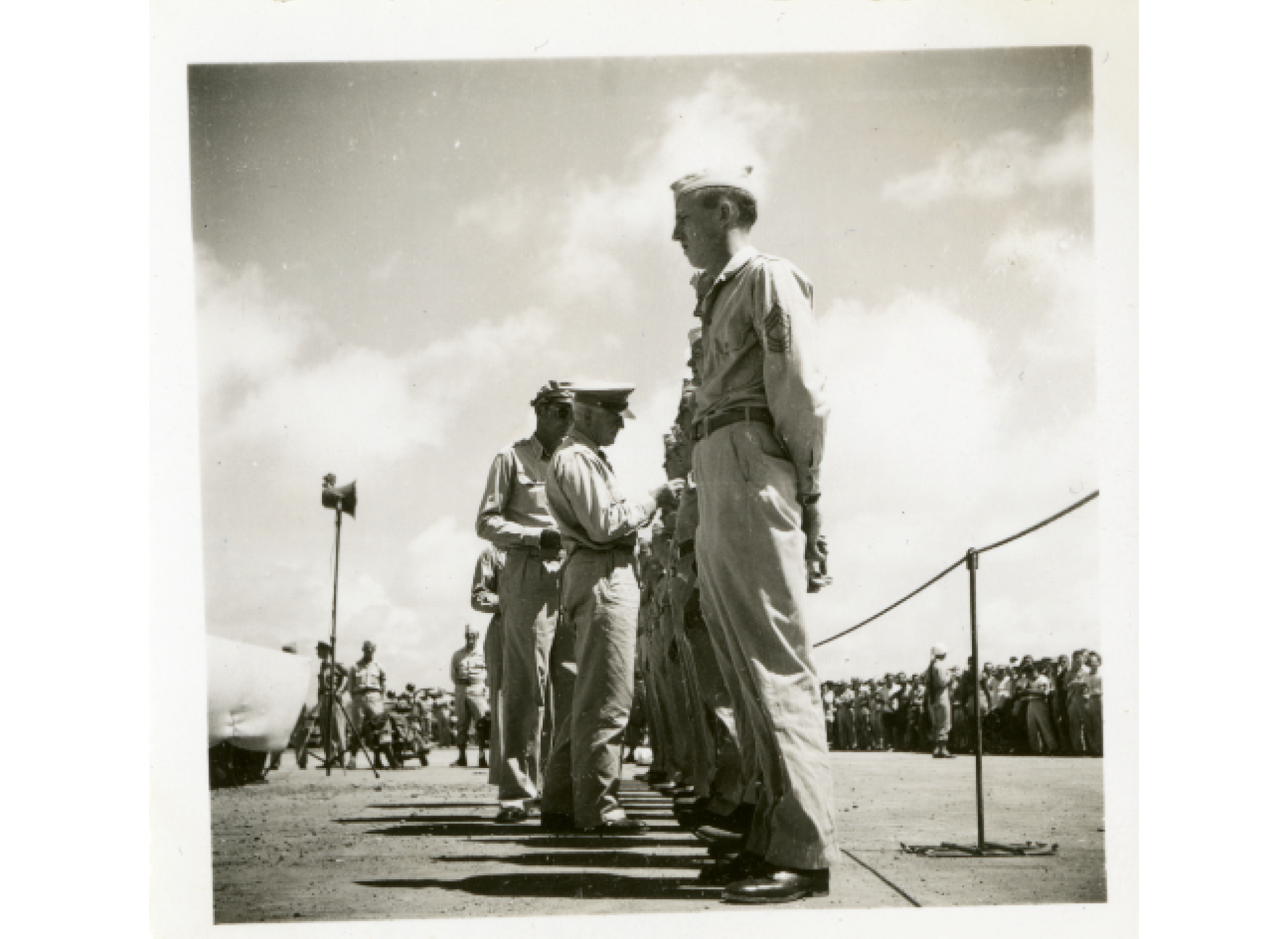
Members of the 20th Air Force line up to receive decorations. A large number of servicemen are gathered in the background to watch the ceremony. Gift of Donald Schlenger, 2014.153.031
4. Where do I locate replacement medals and decorations?
Many people hope to preserve their veteran’s memory through a shadow box, but after sifting through their attic to find their veteran’s service medals, they realize that some or all the medals were probably lost many years ago. Fear not, though—there is still hope.
Through the National Personnel Records Center, a veteran or next of kin can request medals. Please note that the US Army defines next of kin as the surviving spouse, oldest child, father or mother, or oldest sibling or grandchild. However, the US Air Force, Navy, Marine Corps, and Coast Guard refer to next of kin as the un-remarried widow or widower, father, mother, son, daughter, brother, or sister.
The records center will work with the veteran’s service branch to verify what medals the veteran received, but the medals will come directly from the military service department, not the center. The cost is free for veterans, but there may be a charge for next of kin depending on their particular situation. Those who are not next of kin or veterans should refer to commercial outlets for medals.
5. What if the veteran’s file at the National Archives was burned? Is there anything else we can do?
Sadly, many people who request an OMPF will be notified that their veteran’s file was burned or may only contain a “fragment” such as a final payment sheet. This disappointment is hard to process, but some refuse to give up. For those who continue the search, don’t be discouraged, as there are a couple of options one can pursue.
For the last avenue to search for a veteran’s military personnel file, one should contact the veteran’s local archives and libraries to see if the veteran left any records or material related to their military service. At one time, veterans were encouraged to leave a copy of their military records at local facilities, but this does not mean every veteran did so or that those were preserved.
Units
If you happen to know the veteran’s unit or ship, you can search for their unit, ship history, or the war diaries for the unit activities and daily operations. A couple of unit histories are published online with free access for the public, and others might be available at libraries or sold online. Some unit veteran organizations have research resources available to the public. Also, you could always trace his/her service by looking at the unit records. President Eisenhower’s Library, which has useful finding aids online, holds US Army unit records from 1917 to 1950. For war diaries, Fold3.com has a total of 2,038,066 records on WWII war diaries.
Oral Histories
Another tool you can use are oral histories. They can tell you firsthand accounts of what life was like for a veteran who landed in Normandy or who served as a Tuskegee Airmen and so on. Oral histories may not be available for your veteran, but such histories may feature those who served in the same unit or ship or participated in the same operation or campaign. The Museum has a large oral history digital collection, as does the Library of Congress Veterans History Project.
Army Post Office (APOs)
Let’s say, for example, the only thing you received back from the National Archives was a final payment. The sheet may have important clues. For instance, if the veteran served overseas, the sheet would have a list of APO (Army Post Office) numbers. These numbers are gold! APO numbers can tell you exactly where the veteran was located, and, along with the date, you can find out where the veteran was stationed. For instance, according to his pay sheet, WWII veteran Corporal Warren Donald was at APO #650 on May 5, 1944. Using the number and date, we can then search the Numerical Listing of APOs for a location and find out he was in Foggia. One can then search for activities and events that were taking place in the summer of 1944 in the Italian campaign, which happened to be the fall of Rome to Allied troops.
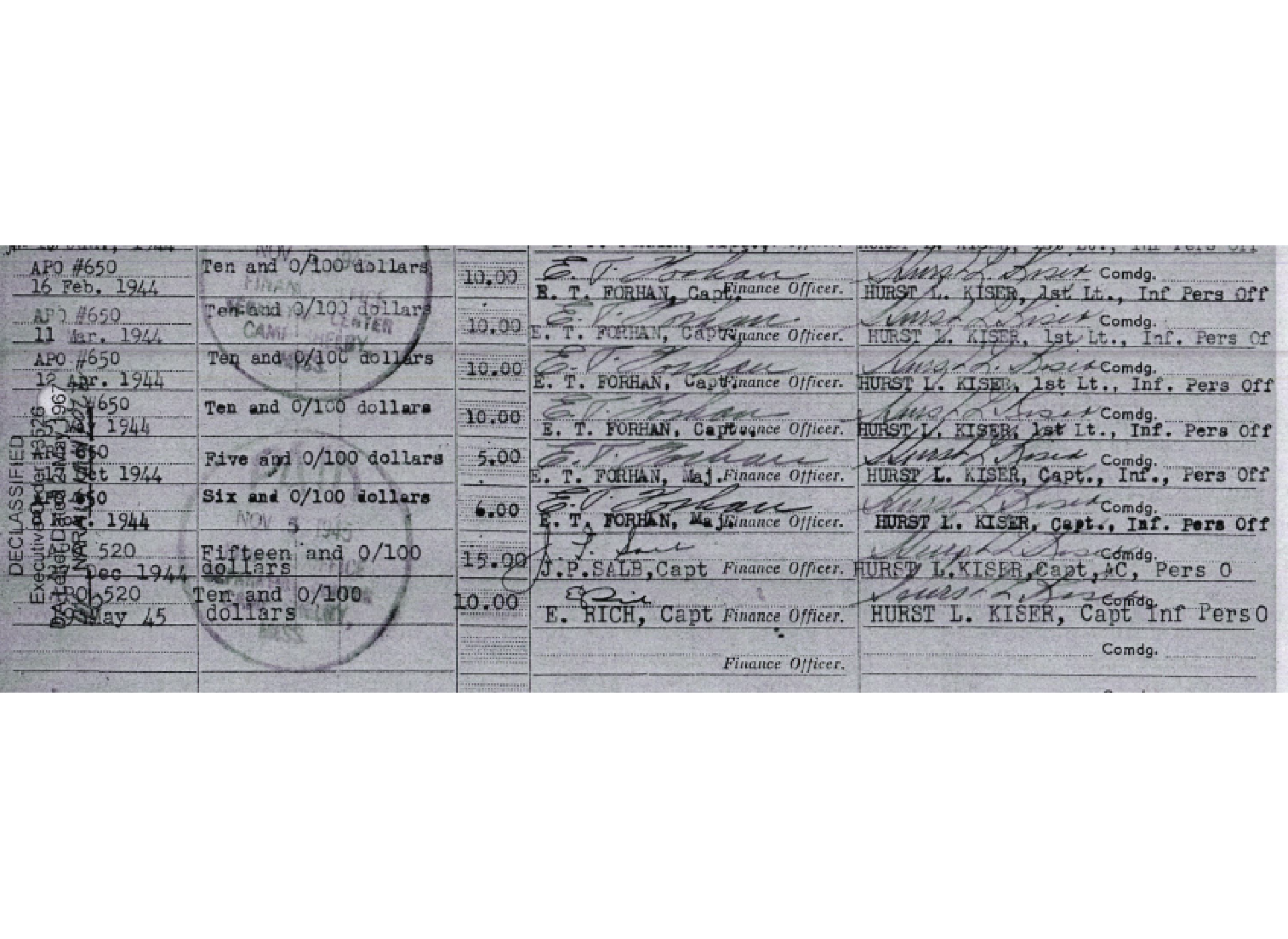
A section of CPL Warren Donald’s final payment sheet from the National Archives and Records Administration.
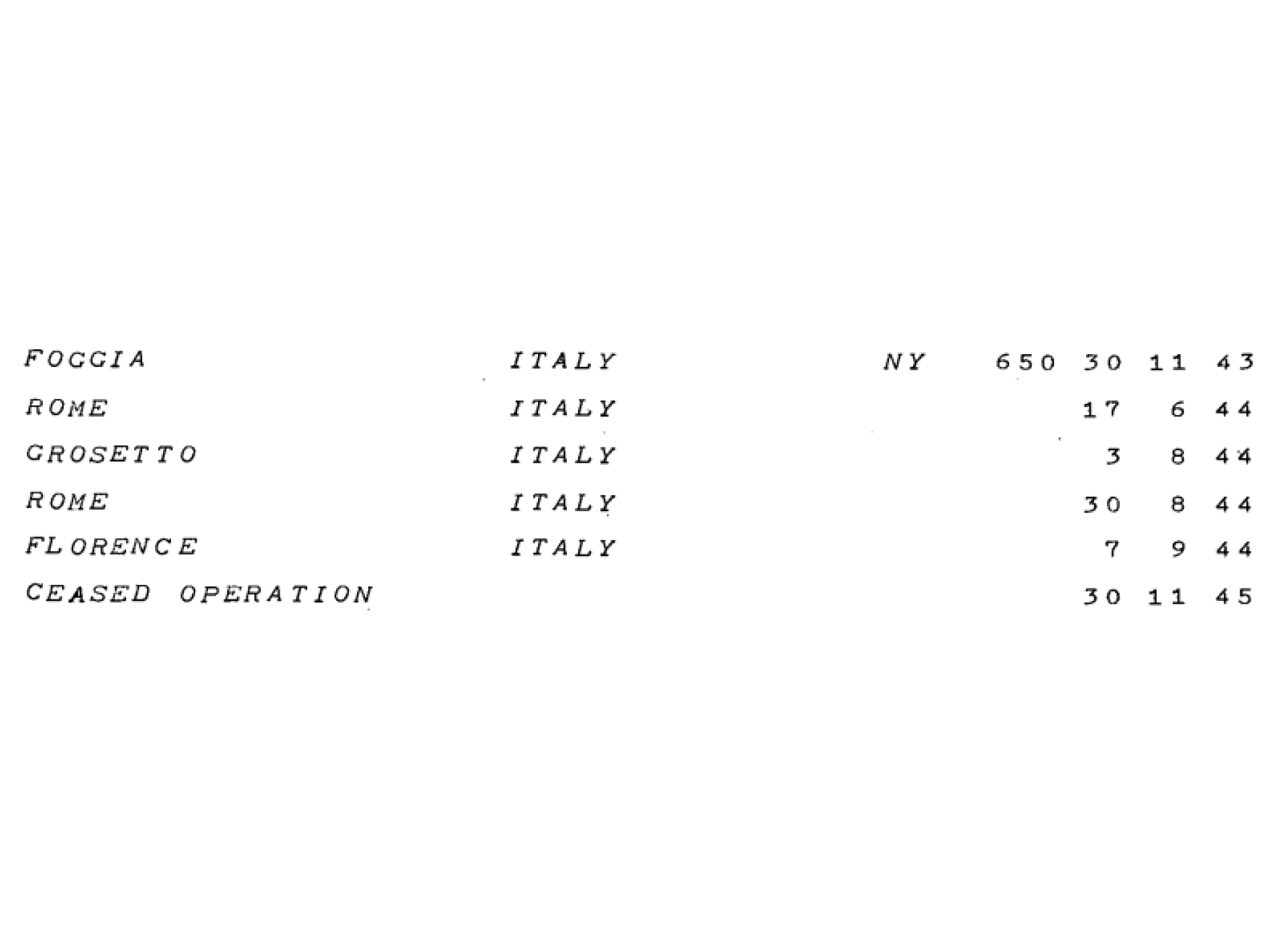
Excerpt from Numerical Listing of APO’s: January 1942 – November 1947.
Genealogists & Independent Researchers
Independent researchers and professional genealogists can be quite helpful in piecing together documents and potentially helping to identify information. They also have other means of finding resources and other materials. For more information on hiring an independent researcher or genealogist, visit the National Archives and Records Administration and Directory for the Association for Professional Genealogists website.
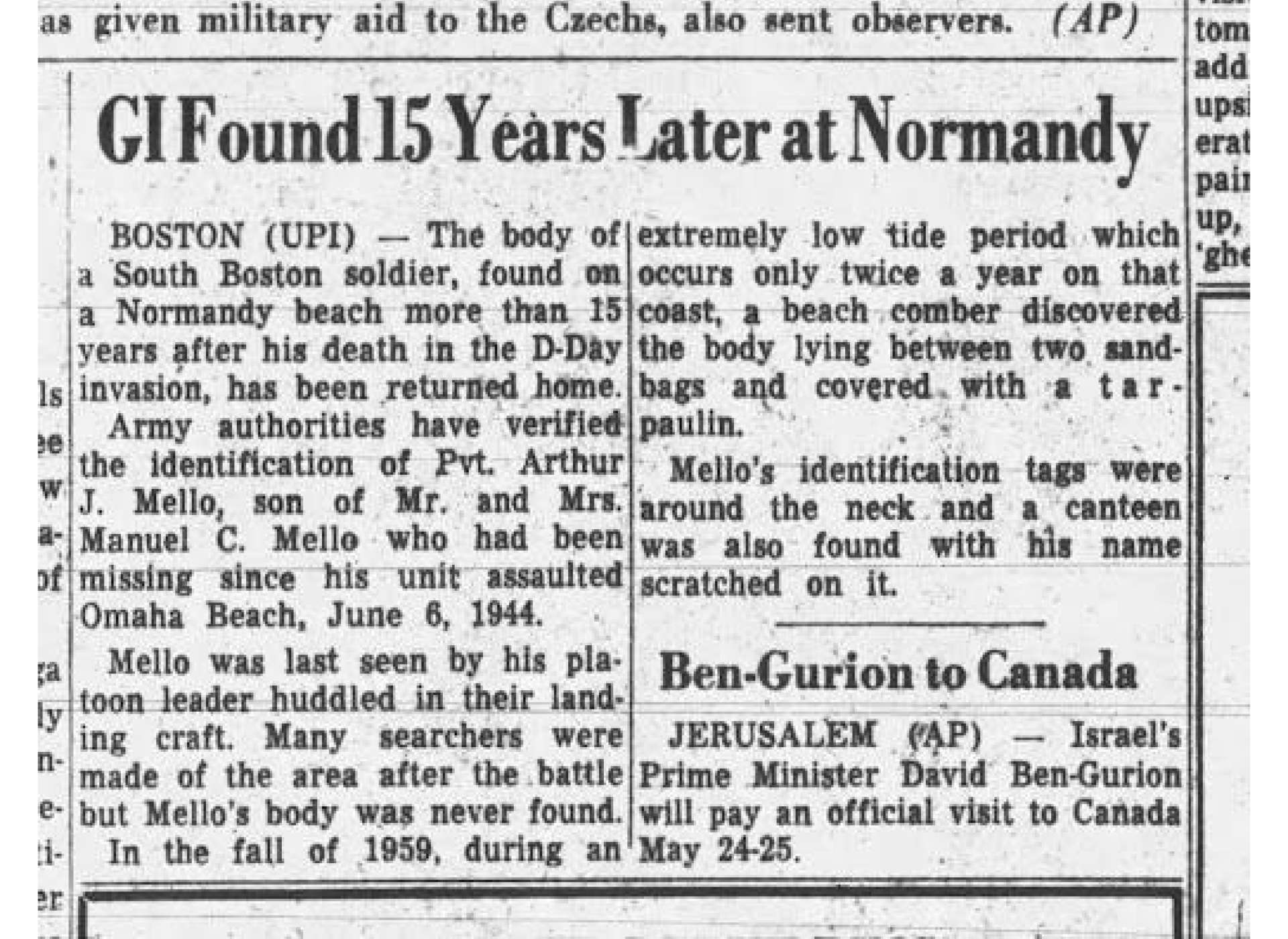
“GI Found 15 Years Later at Normandy,” The Berkshire Eagle, May 13, 1961.
Ancestry, Fold3, and Newspapers.com
Additionally, online databases, such as Ancestry, Fold3, and Newspapers.com can be great places to find digitized records. Fold3.com is similar to Ancestry, but for military data and records. Local newspapers are also extremely helpful in finding more information on veterans. Small towns loved highlighting local heroes and updates on their vets away from home. Also, obituaries in local newspapers can provide important service information.
The research process can be very overwhelming at times, but in the end, it has the potential to be so rewarding. Just think about next Thanksgiving, when someone asks about Uncle Lloyd’s WWII service, you can say, “Yep, I know all about it. I did all of the research.” You will be the hoot of the evening.
For further assistance in researching a WWII veteran’s military service, please refer to my talented colleague Kali Martin’s WWII Research Guide. In the near future, The National WWII Museum will be relaunching its historical research services on WWII veterans. Please continue to follow our website for more details on this service.
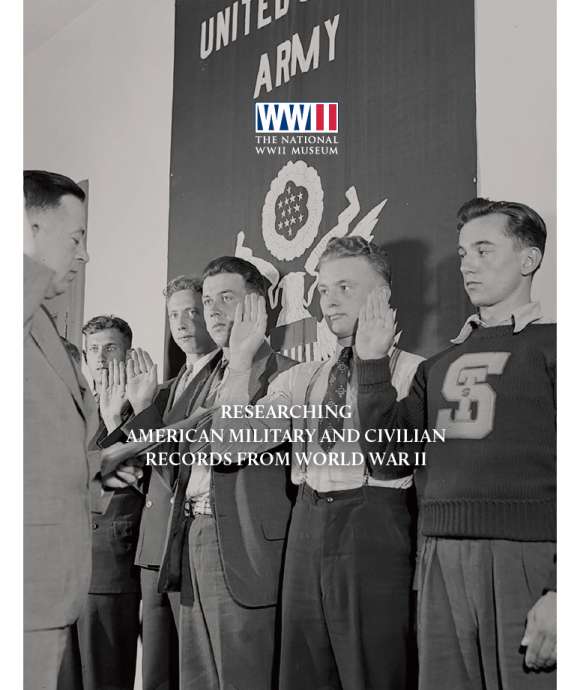
Researching American Military and Civilian Records from World War II
Download Research GuideRebecca Poole
Rebecca Poole is a native of Southeast Louisiana. She graduated with her Master’s degree in Public History from the University of New Orleans in Spring 2020.
Cite this article:
MLA Citation:
APA Citation:
Chicago Style Citation:
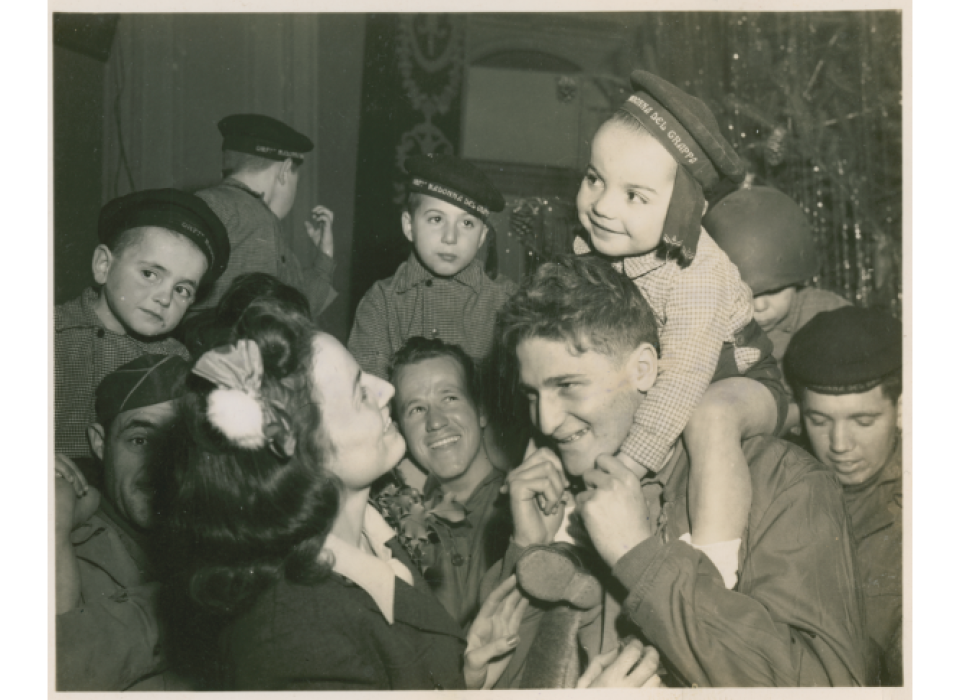




![Max Fuchs, New York City cantor, sings as Rabbi Sydney [sic] Lefkowitz, Richmond, VA, conducts the first Jewish services from Germany.](/sites/default/files/styles/max_650x650/public/2025-10/image1.jpg)



